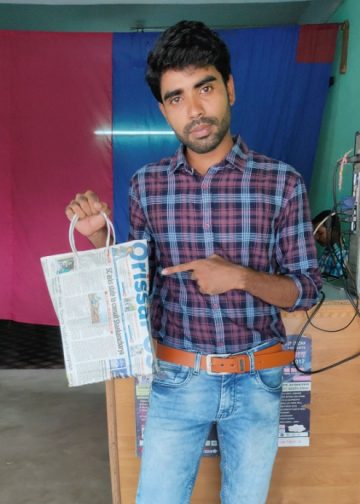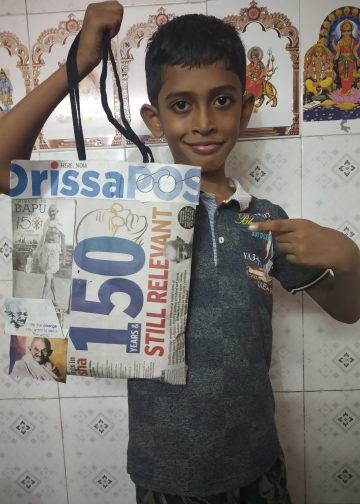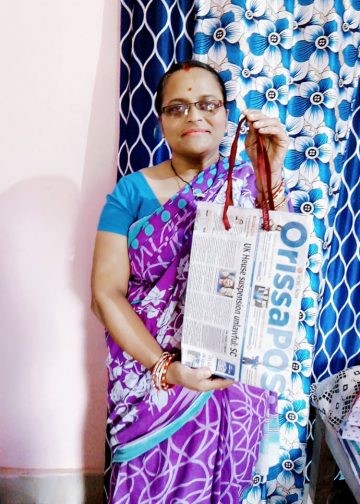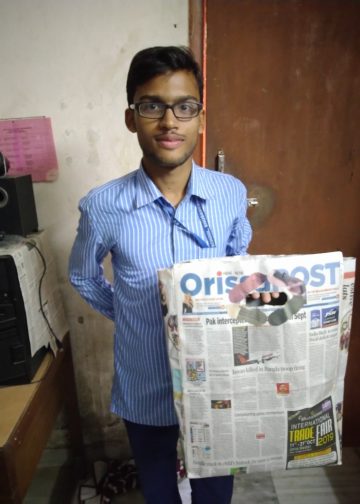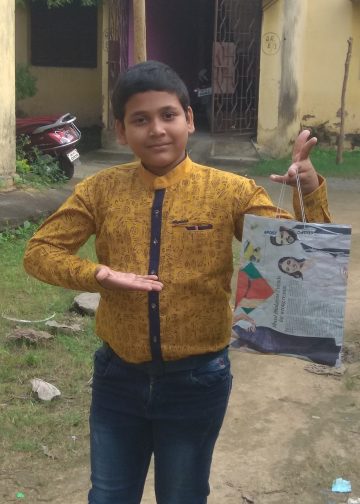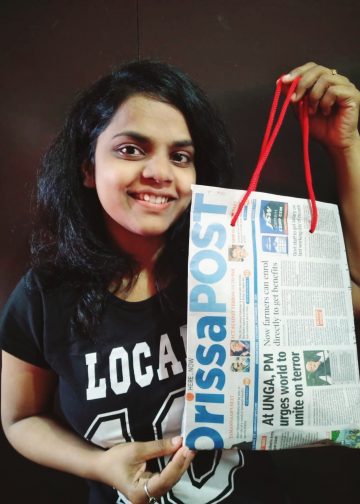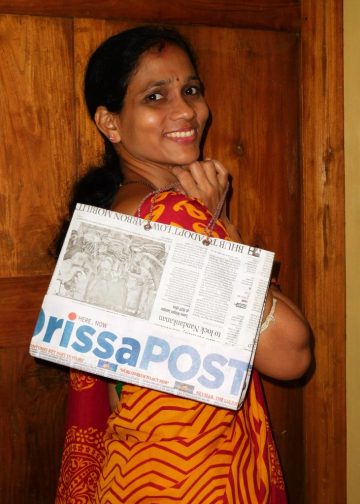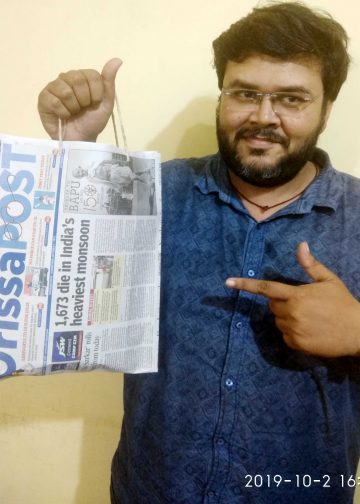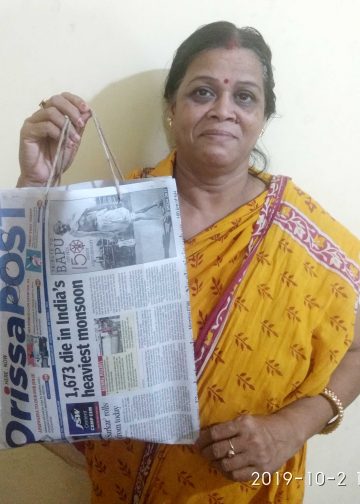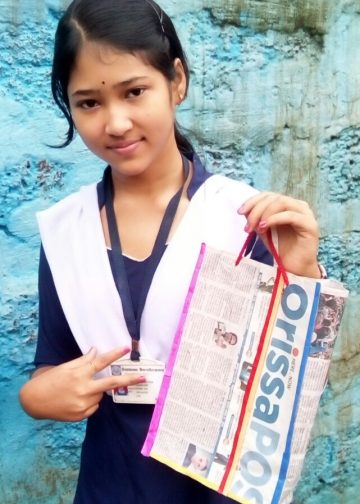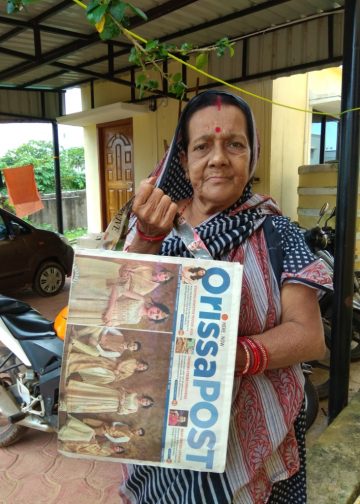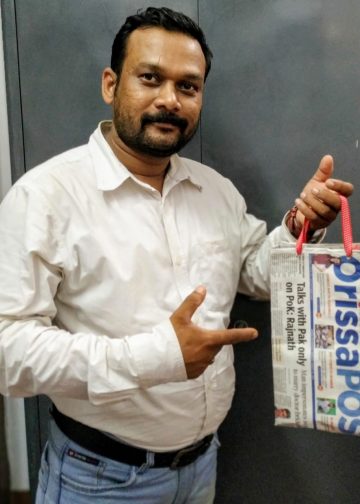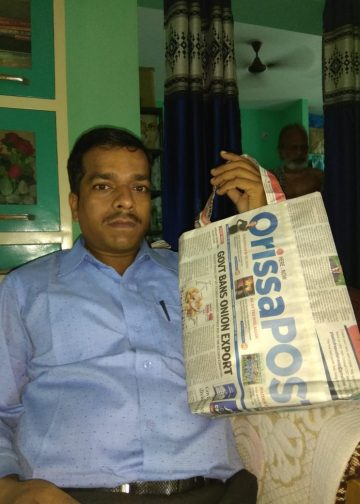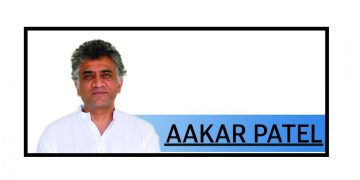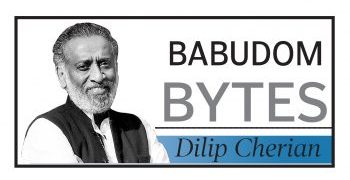Piyush Roy
A consequence or rather casualty of our ‘free speech’ age of Twitter, Facebook and blogs, is that opinions around and about a new film often tend to ‘trend’ in the virtual space immediately after the first day, first show of a new release. This happens much before the weekend review, thus further increasing the pressure on film critics to get their thoughts out there, ‘the fastest’!As a result, depth of engagement is frequently bartered for ‘catchy’ quips, most of which are opinions masquerading as review. So are film reviews relevant still?
Well, the need for some studied impressions on cinema could not have been more fetching than before. This takes one to a very fundamental question – Are our reviewers reading and reviewing our cinemas right? And how trained are they for their calling to not get distracted by templates of ‘what’s in and what’s on’, but to also provide some stimulating insights that could occasionally take the pleasures of movie watching to unexplored heights of enlightened entertainment for a discernible viewer.
The first burst of ‘serious’ engagement with Indian cinema, or any dedicated attempt at ‘film criticism’ in the English media is often pegged to the ‘caustic and critical’ Baburao Patel. His Filmindia (one of the earliest film magazines published in India in the 1930s), spared none. Journalist-writer Saadat Hasan Manto notes: “Babu Rao wrote with eloquence and power. He had a sharp and inimitable sense of humour, often barbed. There was a tough-guy assertiveness about his writing. He could also be venomous in a way, which no other writer of English in India has ever been able to match.”
India’s oldest surviving film magazine, The Times of India group’s Filmfare and The Indian Express group’film weekly, Screen, while cultivating the first dedicated stream of film journalists further enriched the literature on Indian cinema writing in English, with their archives remaining one of the most valuable documents of the golden years of Indian cinema. Those days, a lot more was actually ‘written on films too’, beyond its stars and celebrities. Stardust, Cine Blitz, Movie and g, the notable film magazine additions in the 1970s and 80s, however did not often go beyond their fanzine premise. As the scope of film journalism widened and the age and influence of the movie industry grew, review columns in mainstream dailies emerged as regular serious engagement points with cinema writing. Most of the above mentioned magazines also went beyond being star chroniclers to include analytical pieces on trends and influences, along with profiles of other challengers and influencers, who were not stars.
Babu Rao’s iconic successthough not repeated, however did influence the majority template for ‘critical’ film writing, especiallyin the English media, by making acerbic pot shots, especially towards mainstream popular cinema the preferred tone of film criticism for most ‘elite and upper-middle class critics’. One could evidence in it the continuation of a colonially fixated mindset of a vocal minority of anglicized Indian intelligentsia that even today equates Western appreciation, as a more desirable barometer for recognisingthe internal worth of anything Indian!
Be it in the writings of Babu Rao’s legacy’s immediate successor and film historian Firoze Rangoonwala or the Marxist critic Chidananda Das Gupta, a preferential skew for reviewing all Indian films using the canons of Euro-American film theories, models and notions of review started gaining precedence, especially in the 1970s when Hindi cinema (in particular)started staring at its first major categories of the parallel or artversus the popular or commercial.Incidentally, the films of Guru Dutt, Bimal Roy or early Raj Kapoor that had happened before the 1970s, in spite of their stars and songs, were rarely reviewed as commercial or a lesser art.
Rosie Thomas, one of the first Western academics to seriously engage with popular Indian cinema, calls this attitude of ignoring the Indian aesthetic traditions that had been shaping and defining Indian cinema narratives since its inception ‘apologetic’ and ‘ironic’ in her path-breaking essay Indian cinema: pleasures and popularity: “It seems ironical that for many critics a major failing of Hindi commercial cinema is the very fact that it incorporates traditional, indigenous attributes into a modern, Euro-American mass medium…What is disturbing in the writings – of Indian upper-middle class intelligentsia and government cultural bodies – is the tone of defensive apology to the West and the shamefaced disavowal of what is undoubtedly a central feature of modern Indian culture”.
A major influencer in this relegation to the background of any serious engagement with the indigenous aesthetics of Indian cinema was the tremendous international feting of Satyajit Ray’s Bengali cinema debut,the Apu Trilogy (1955-59) that also led to the first ever serious academic engagement with any form of Indian cinema and its filmmakers in the West, drawing plaudits from then emerging film theorists (e.g. Andre Bazin) to globally acclaimed directors like Akira Kurosawa. This possibility of reviewing Indian cinema as a ‘comparable other’ amongst the medium’s perceived to be the ‘best,’ ‘first world’ of European and/or Hollywood cinema, made both its governmental sponsors and elitist mainstream critics champion for more of ‘Ray like’ ‘realistic, art-house cinema’. As a consequence, these films’ better confirming Western canons – e.g. realism, concern for continuity, focus on non-spectacular, relatable stories with short narrative spans, and unfolding at a slow pace sans any songs-and-dances– became the ideal, and most desirable filming attributes. By default any film not in the above format irrespective of its merits was declared inferior.
Here I am not critiquing Western audience assumptions about the filmic form, butare they the only one? Why do they have to remain unchallenged?And who should educate the world about alternate filmmaking styles and possibilities in film criticism?
Ideally, it should have been the top call of Indian critics. But with them doing little to extol the ‘unusual’ virtues of their cinema, now the Western critics too have taken to either indulgently exoticising all popular Indian cinema as ‘baroque and pastiche’, or superficially dismissing it as ‘simplistic, escapist, populist, massy, loud and low-brow’, comparing it unfavourably with India’s more ‘confirming’ parallel cinemas.
John W. Hood in his Essential Mystery: The Major Filmmakers of Indian Art Cinema, best articulates this art/parallel over popular Indian cinema mindset when he lists the former category’s complete dissociation or playing down of popular cinema attributes to be its greatest edge. The cinema of Ray and his successors like Ritwik Ghatak, Mrinal Sen, Adoor Gopalakrishnan, Shyam Benegal, G. Aravindan, Buddadeb Dasgupta, Govind Nihalani and Ketan Mehta, he argues is ‘free to experiment with form, style, structure and more polished actors given to greater realism, in the absence of stereotypical roles…’ The films of now unanimously acclaimed popular Hindi cinema auteurs like Guru Dutt, Bimal Roy, Raj Kapoor and Mehboob Khan, he then dismisses with a cursory acknowledgment of their having ‘a notable degree of artistic sophistication,’ which however still ‘remains’ inferior to their more artistic parallel cinema counterparts, who shoot with ‘a more widely developed aesthetic sense like restrained pace, no or fewer song and dance, short narratives, no melodrama…’
Such prescriptive setting of parameters for any free flowing creative medium, cinema included, is stifling, censorial, lazy and ignorant.But what I find problematic and difficult to understand is why the Indian critics keep on evaluating Indian films using Western film-making theories, practices and ideas around representation, many of which are ‘alien’ to Indian storytelling traditions and culture. Why don’t they also engage with local theories of aesthetic review like the rasa? The achievement of the cinematic rasa is a concept that can be evinced in all Indian films, thus enabling us to ‘fairly and equally’ engage with the parallel and the popular – as pluralities, not dichotomies! Fact is that Indian cinema is no longer just the largest movie making nation in the world. Nigeria too makes near 1000 movies per year, but it is Indian cinema that is getting released and seen across 100 plus nations from Australia to Canada, giving tremendous pleasure to a vast diversity of audiences (local and global) and now even Hollywood studios are making a beeline to tell tales, using the same ‘masala’ styles that their critics have been dismissive of.
Yet, while there exist volumes of writings on Indian parallel cinema filmmakers, one finds only occasional scholarly engagements with the auteurship of Raj Kapoor, Bimal Roy, Mehboob Khan, Guru Dutt or Gulzar in the book medium. Rachel Dwyer’s critical analysis of the films of Yash Chopra still remains the only serious academic output engaging with the works of a popular director from the non-golden era (mid 1940s-mid 1960s) of Indian cinema. Chopra’s other equally illustrious contemporaries like Manmohan Desai, Prakash Mehra and Ramesh Sippy are only now, post 2000, being grudgingly acknowledged as auteurs of influential merit albeit within the domain of popular cinema.Their front lining the portals of Indian cinema studies still remains an impossible dream.
Only when Indian film studies are structured in a way that they make their students not differentiate and disparage their Ray from Roy (Bimal) or Adoor from Mani Ratnam, but enjoy and appreciate the best in both, will finally emerge criticism that is ‘informed, educative, empathetic’ and democratic too.







